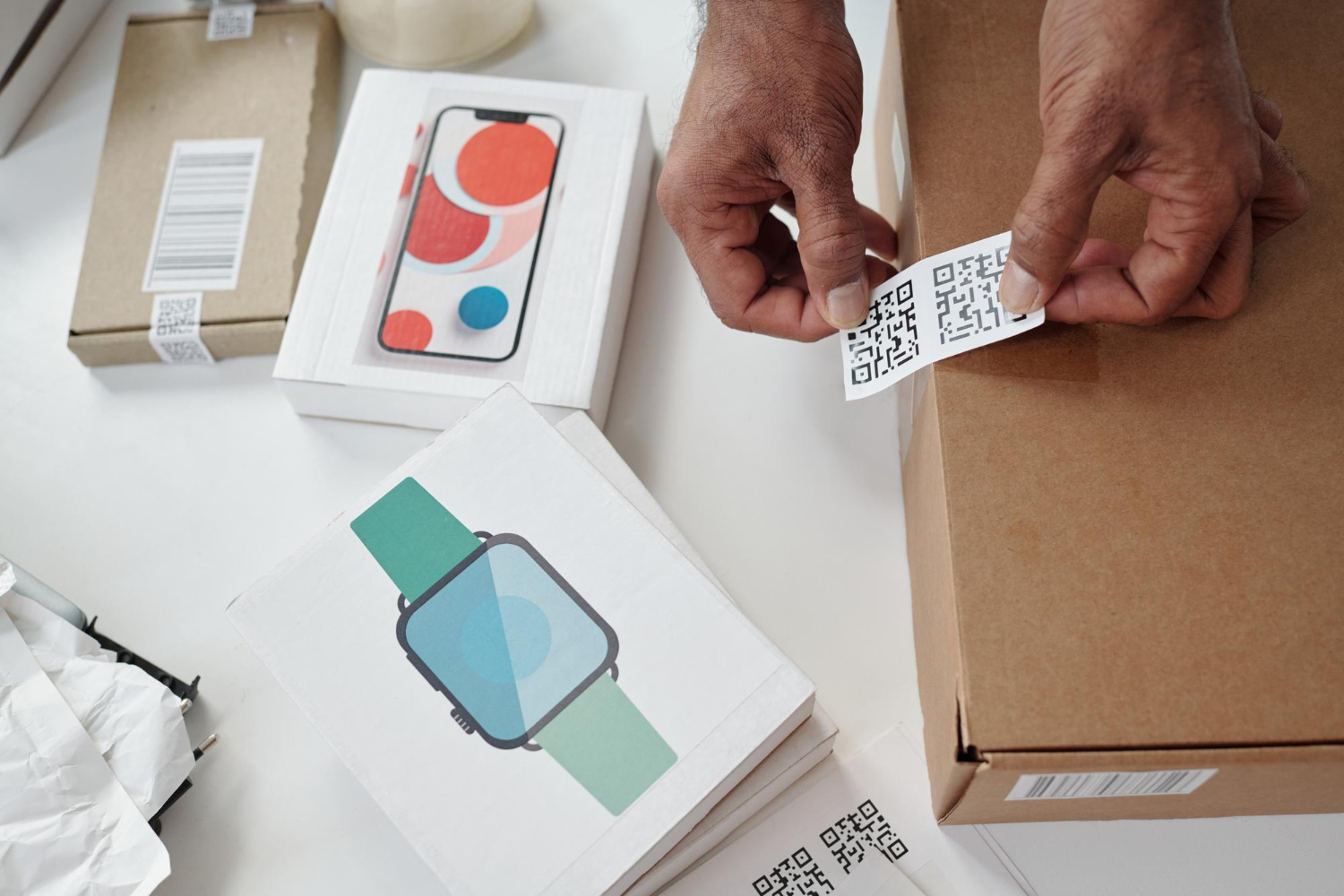When you’re dealing with electronics, protection isn’t just important — it’s required. From delicate sensors to larger equipment, each piece needs packaging that keeps it safe during handling and transit. Foam packaging often does the heavy lifting here, preventing damage and keeping everything in place. But not all foam is the same, and picking the wrong type can lead to issues down the line.
Foam selection depends heavily on what you’re trying to protect. Is it light and fragile or heavy with tough corners? Electronics come with different levels of sensitivity and size, so the foam you use needs to match. Understanding the differences between foam types can help you make smarter packaging choices from the start.
Understanding Different Types Of Foam
When you start looking into foam for electronics, you’ll notice there are a few usual suspects that show up in most packaging setups: polyethylene, polyurethane, and polystyrene. Each of these materials has its own pros and cons, and choosing the right one depends on what you’re packing and how it’s being shipped or stored.
Here’s a quick breakdown of the most common types:
1. Polyethylene (PE) Foam
– Known for being firm and closed-cell
– Resists chemicals and moisture
– Common in equipment that needs strong protection
2. Polyurethane (PU) Foam
– Softer and open-cell
– Good for lighter components
– Offers great cushioning but less strong structural support
3. Polystyrene Foam
– Very rigid, often used in block form
– Lightweight
– Best for single-use or lightweight items that don’t need as much mobility or shock absorption
Polyethylene is the go-to when you need to block shocks and keep items from shifting. It holds its shape longer, which helps when storage or transport takes time. Polyurethane is more like memory foam, soft and flexible, great for products that aren’t too heavy. Polystyrene feels like the classic white foam used for insulation and is often used for larger quantities when cost control is more important.
Benefits Of Using A Custom Polyethylene Foam Pack
A custom polyethylene foam pack stands out because it strikes a good balance between structure and protection. If you’re dealing with electronics that are shaped a little differently or include both small and large components, this foam type can be sized and cut to match the product exactly. That reduces space, offers better support, and makes packaging quicker and safer overall.
There are a few reasons someone might go with polyethylene:
– It absorbs shock without falling apart or crushing
– It resists moisture, oil, and grime
– It holds its shape over time, even under constant pressure
– It can be cut into inserts that match the outline of your product, keeping everything locked in place
Let’s say you’re shipping communication modules with ports and delicate connectors. With a custom polyethylene foam pack, those connectors stay secure because the foam doesn’t give way when bumped or dropped. That’s a big plus when gear moves across warehouses, loading docks, and delivery trucks.
Instead of using one-size-fits-all padding that shifts around inside the box, custom foam adds protection based on the exact device. That’s a smart way to protect gear that might cost more to replace than to pack right the first time.
Matching Foam Types To Electronic Component Needs
Different electronic components have distinct shapes, weights, and handling sensitivities. So, picking the right foam isn’t about guesswork. It’s about matching the foam to the part. Some pieces require a snug, immovable fit, while others benefit from soft, flexible cushioning. When foam aligns with the type of part it’s protecting, there’s less damage, fewer returns, and better peace of mind.
Here are a few common pairings that show how different foam types line up with specific parts:
– Circuit Boards: These are usually flat and fragile, with delicate solder connections. Polyurethane works well here because its softer structure cushions lighter items without squeezing too tightly.
– Power Supplies or Control Units: These are bulkier electronic items with sharp corners or heavier builds. That’s where polyethylene foam comes in. It keeps them steady and absorbs shock, even during heavy movement.
– Touchscreens or Glass Panels: Thin displays or protective layers often need non-abrasive protection. Polyethylene can be custom-cut, but sometimes a mix of foam layers works best, combining soft contact and rigid support underneath.
– Sensor Modules: Often smaller but sensitive, they need both control and gentle pressure. Denser foam like polyethylene can provide separation between units and stop them from rattling.
One-size-fits-all inserts just don’t cut it. They slide around and expose parts to risk. Choosing foam by thinking about the part’s shape, size, and sensitivity can make the difference between safe delivery and broken tech.
Real-World Applications And Best Practices
Across industries like aerospace, automotive, and medical tech, packaging foam doesn’t just protect. It shapes how tools and devices arrive safely, on time, and intact. Engineers and shipping teams rely on the right foam choices every day to keep specialty components safe when they leave the factory floor.
In Rochester, where temperature swings and humidity can affect how equipment performs during storage, using the right foam isn’t an afterthought. It’s part of proper handling. Teams moving electronics through seasonal shifts or across long shipping routes often go with polyethylene because of how it holds up under moisture and stress.
If you’re looking to use foam for your own packaging needs, here are some helpful tips:
1. Know your component’s weight
Lightweight parts might be over-compressed with dense foam, while heavier parts need strong support
2. Consider handling conditions
Will the package be reused, stored for long periods, or stacked under pressure? Denser foam handles these conditions better
3. Go with custom when possible
It may save headaches later by reducing internal movement and fitting your product profile perfectly
4. Test the setup
Before full production or shipping, test pack a sample product. Foam isn’t effective if it deforms under stress or doesn’t shield every surface properly
Taking time to evaluate the full situation like product shape, environment, and handling needs helps packaging teams avoid weak points in transit. Many failures don’t come from outside hits but from internal rubbing or bounce during transport. Custom-fit foam solves that.
How To Choose The Right Foam For Your Needs
It starts by identifying what success looks like for your shipment or storage space. Are you sending dozens of lightweight monitors, or are you packing rugged devices with heavy screws and components? Those answers shape your foam choice.
Here’s a simple way to approach it:
– Look at what’s most likely to go wrong: breakage, scratches, moisture buildup, bending
– Think about distance and climate. Are your packages going across town or overseas? Is it humid, hot, or dry?
– Count how many moves or touches the package will go through before reaching its final spot
Once you’ve mapped out these details, it’s easier to pinpoint the material that fits. Polyethylene is great for strong, repeat-use packaging or when items are heavy. Polyurethane might work for small, thin parts needing softer cushioning. And if what you’re shipping is basic and low-risk, then rigid polystyrene could help control cost while still offering basic protection.
Keep in mind, the best results often come when foam is shaped to your specs. A custom polyethylene foam pack supports gear through repeat trips without breaking down or leaving things loose inside the box.
Why Picking the Right Foam Pays Off
Choosing the right foam for your electronics is more than just picking soft or firm. It’s asking what your equipment goes through, where it’s going, and how much wear and tear it might face on the way. That’s the only way to make sure gear arrives ready to work, not needing repairs.
With options like polyethylene, polyurethane, and polystyrene, there’s a solution for almost every setup, but they’re not interchangeable. One may protect under pressure, while another works best in a padded case. Once the match is right, the foam becomes the last line of defense against costly damage. That means fewer delays and longer product life after arrival.
Packages often get moved, dropped, stacked, or placed in drafts or bright sun. A custom-cut foam pack gives you control when you don’t get a say in how it’s handled. Thinking through the details now means no surprises later.
Finishing your packaging process with the right materials can make a big difference in how your electronics hold up from point A to point B. If you’re looking for durability, moisture resistance, and a precise fit, explore the benefits of a custom polyethylene foam pack built specifically for your products. Orcon Industries delivers packaging solutions that help protect your equipment every step of the way.




